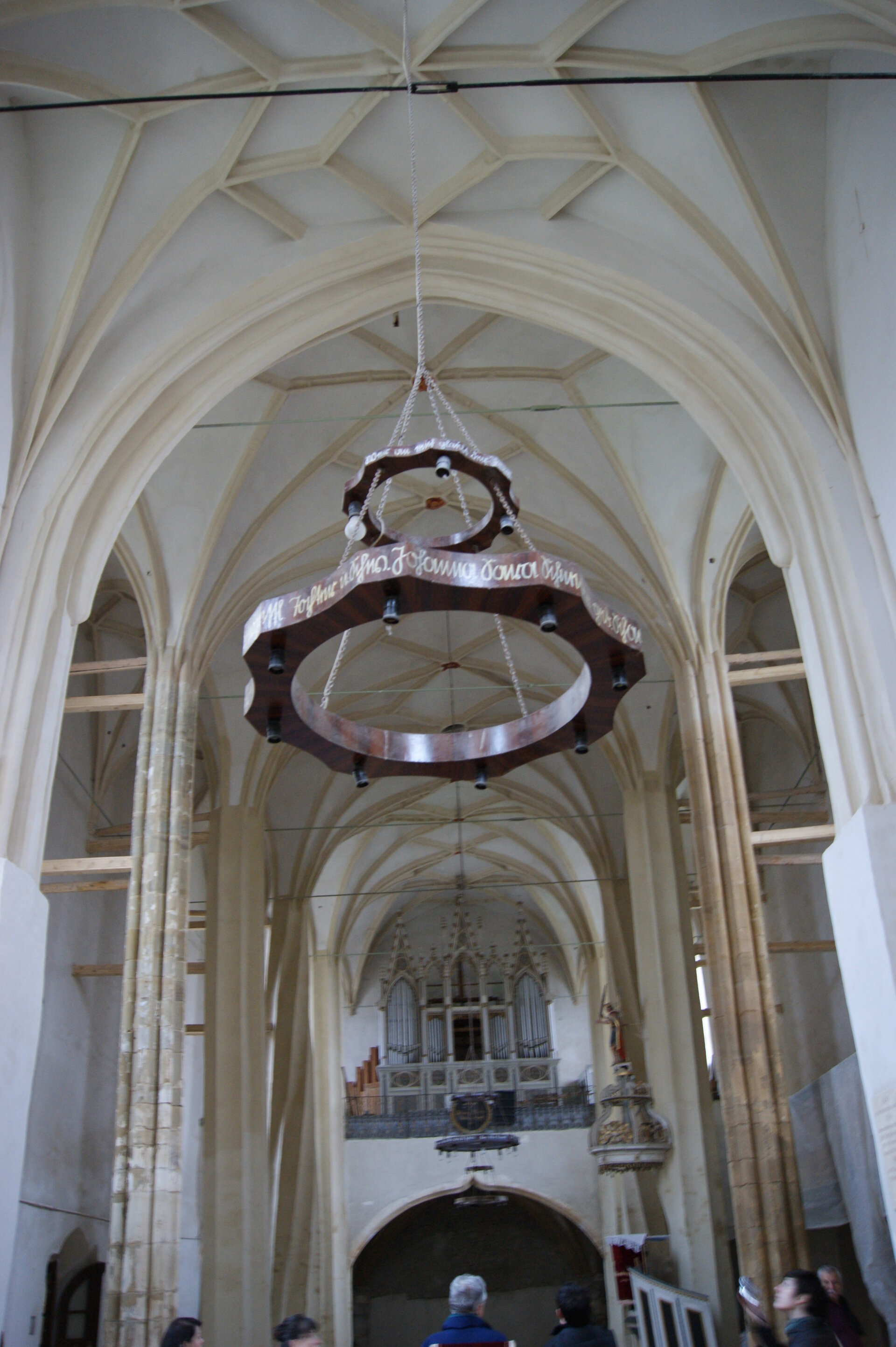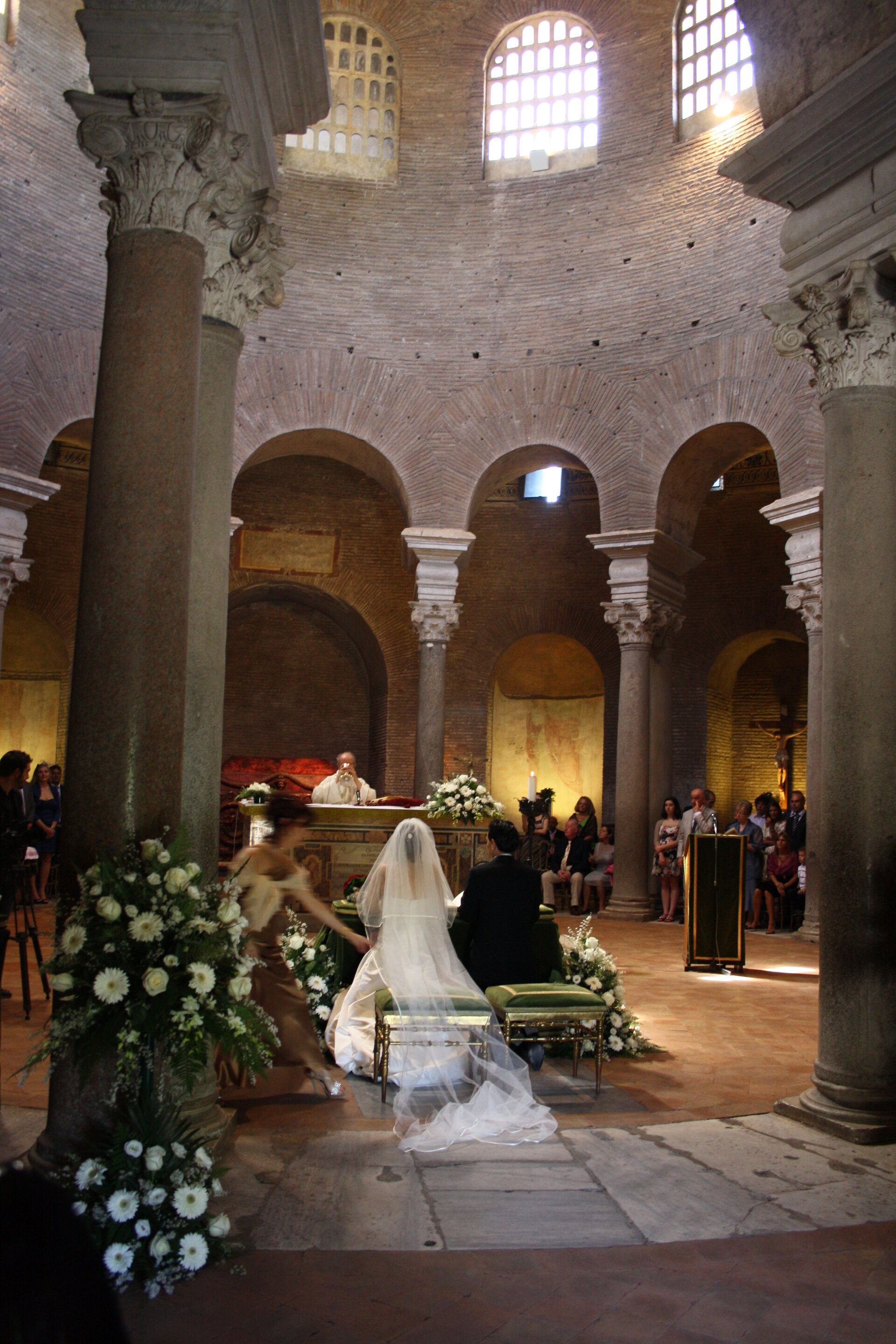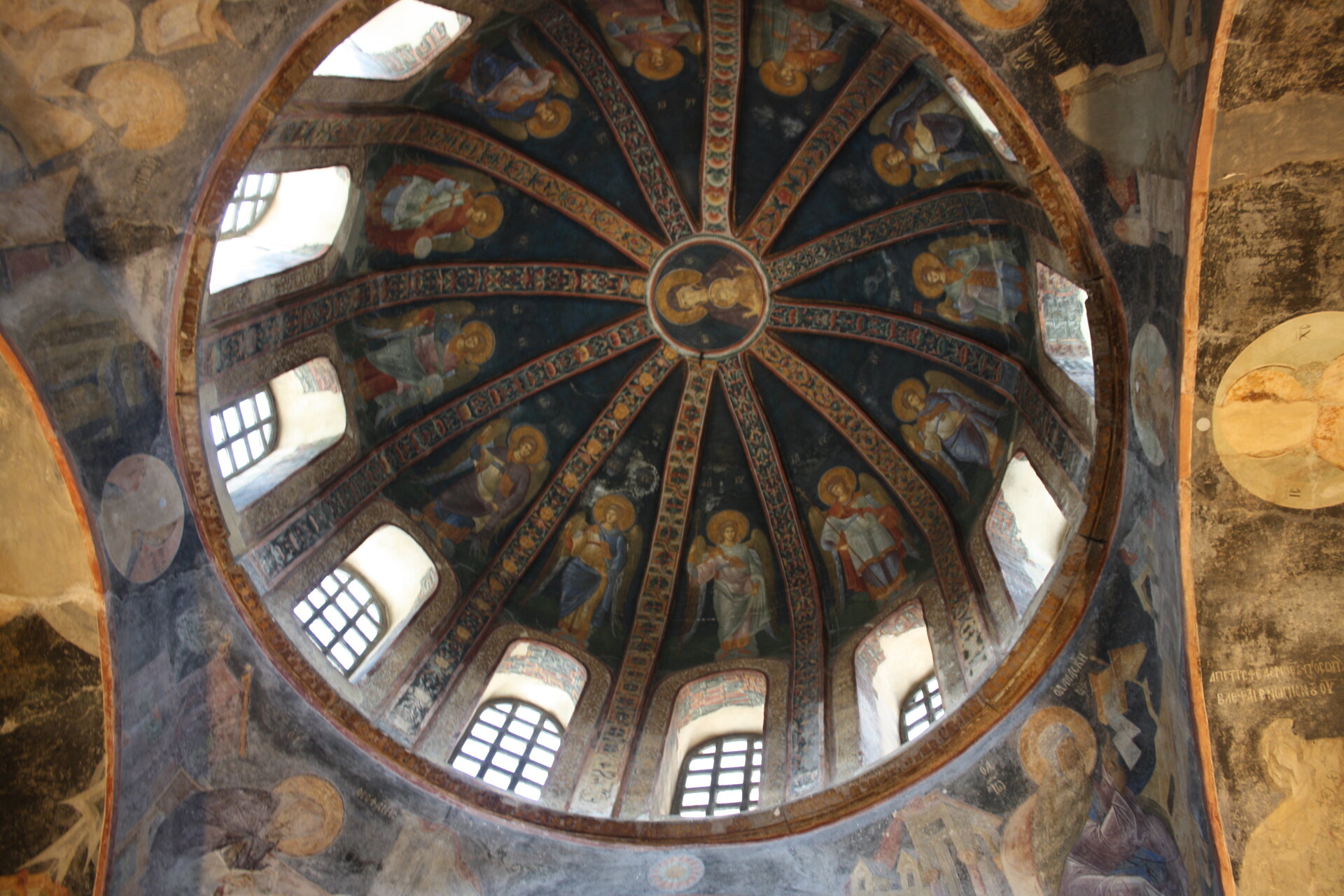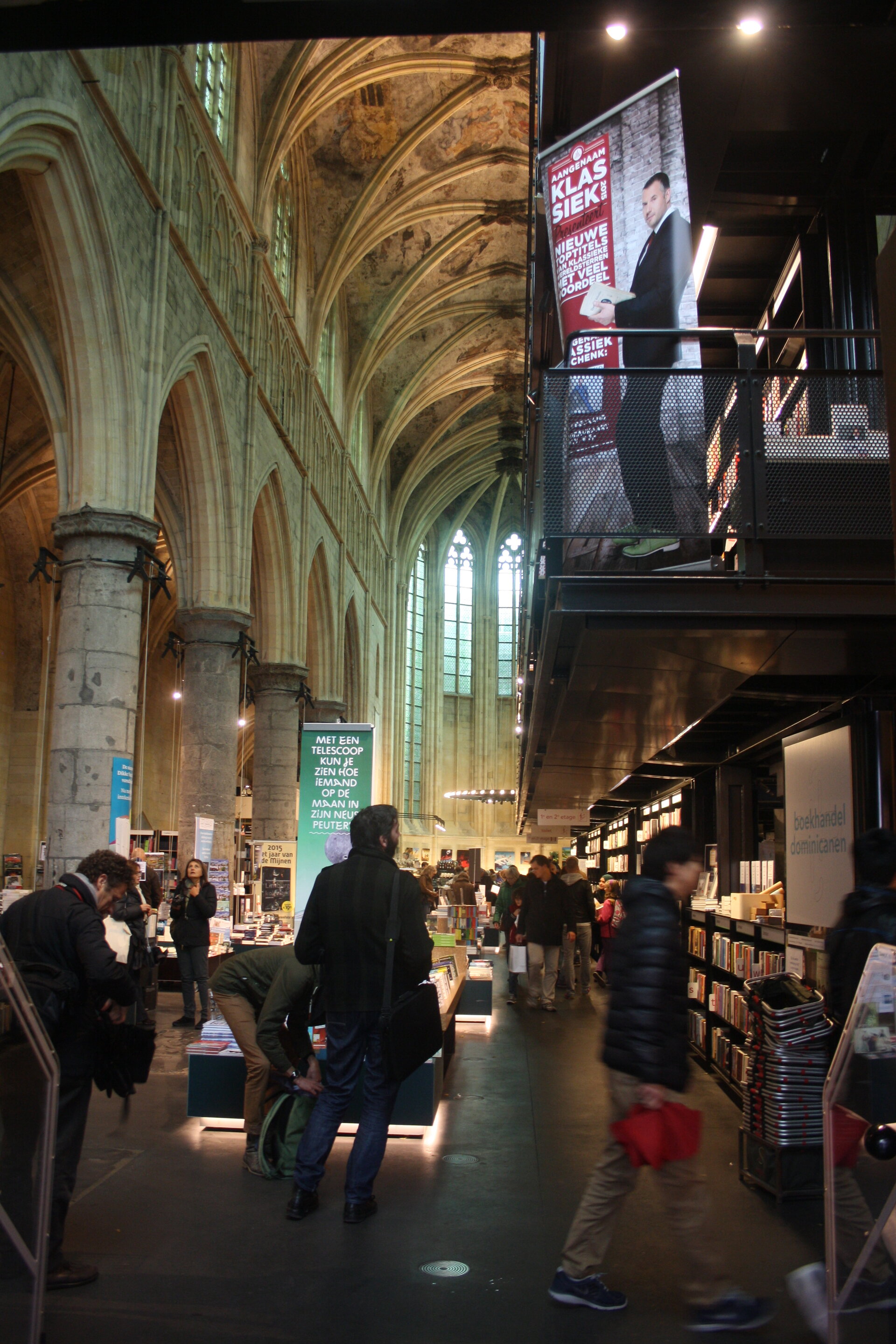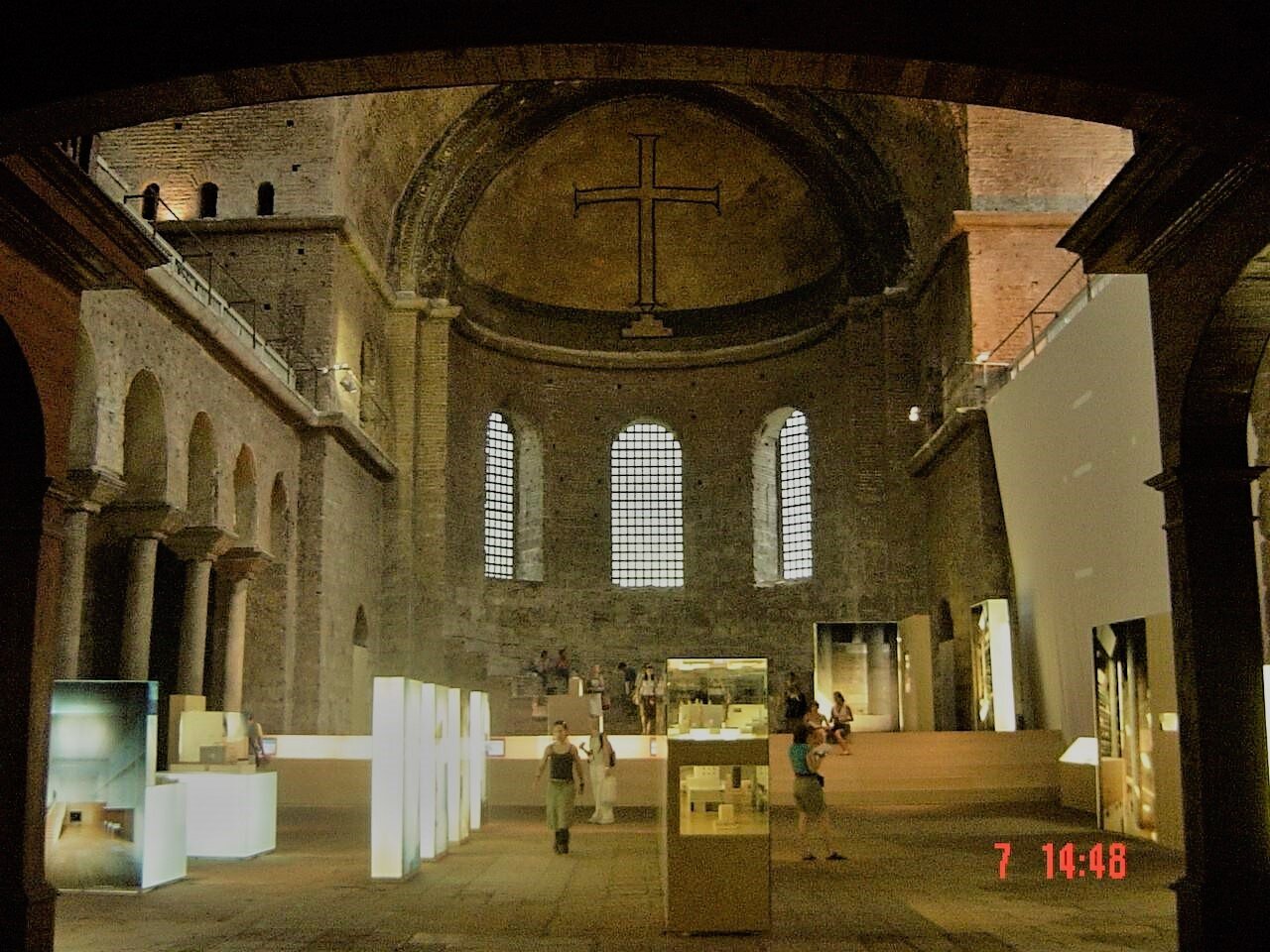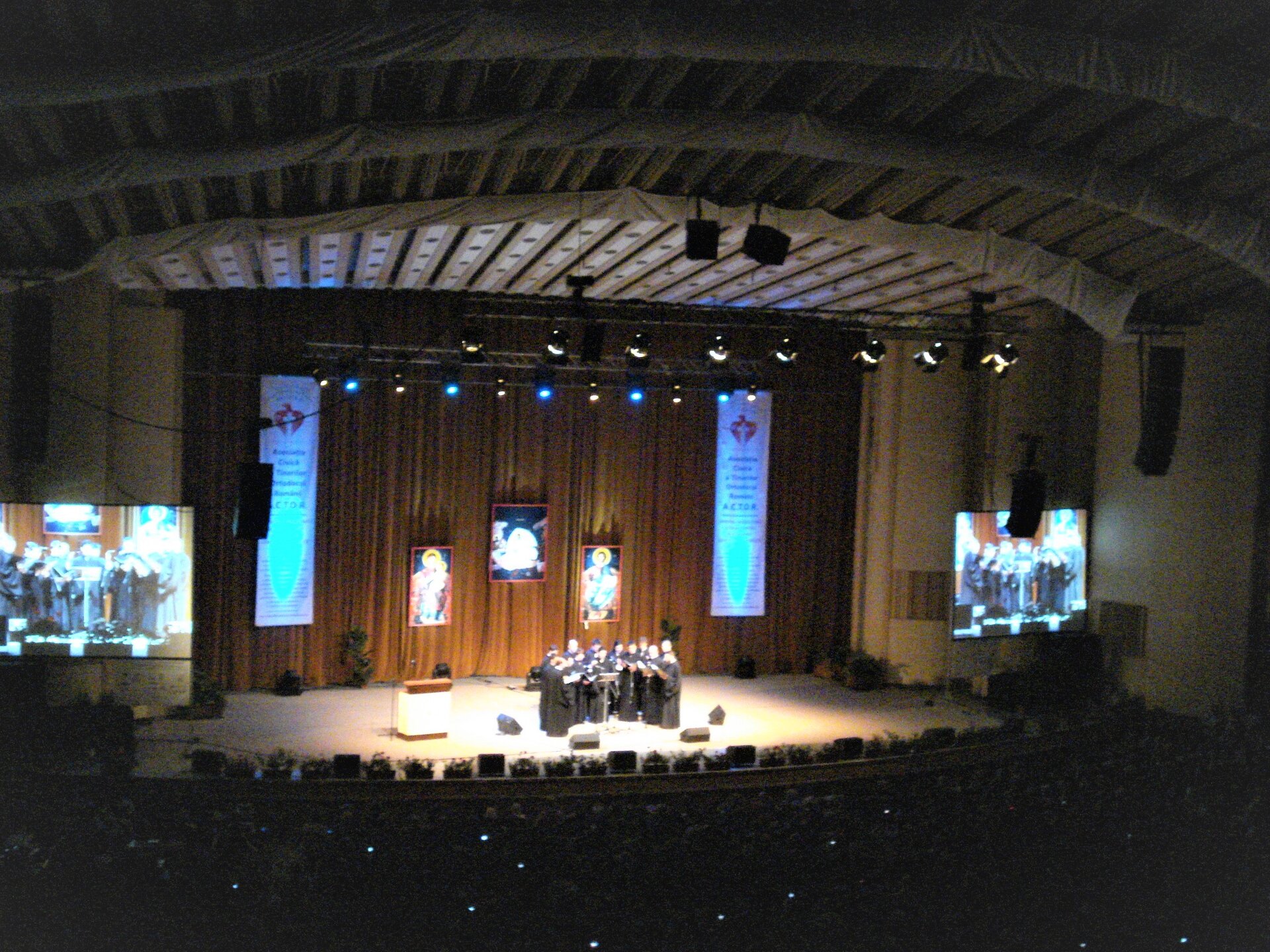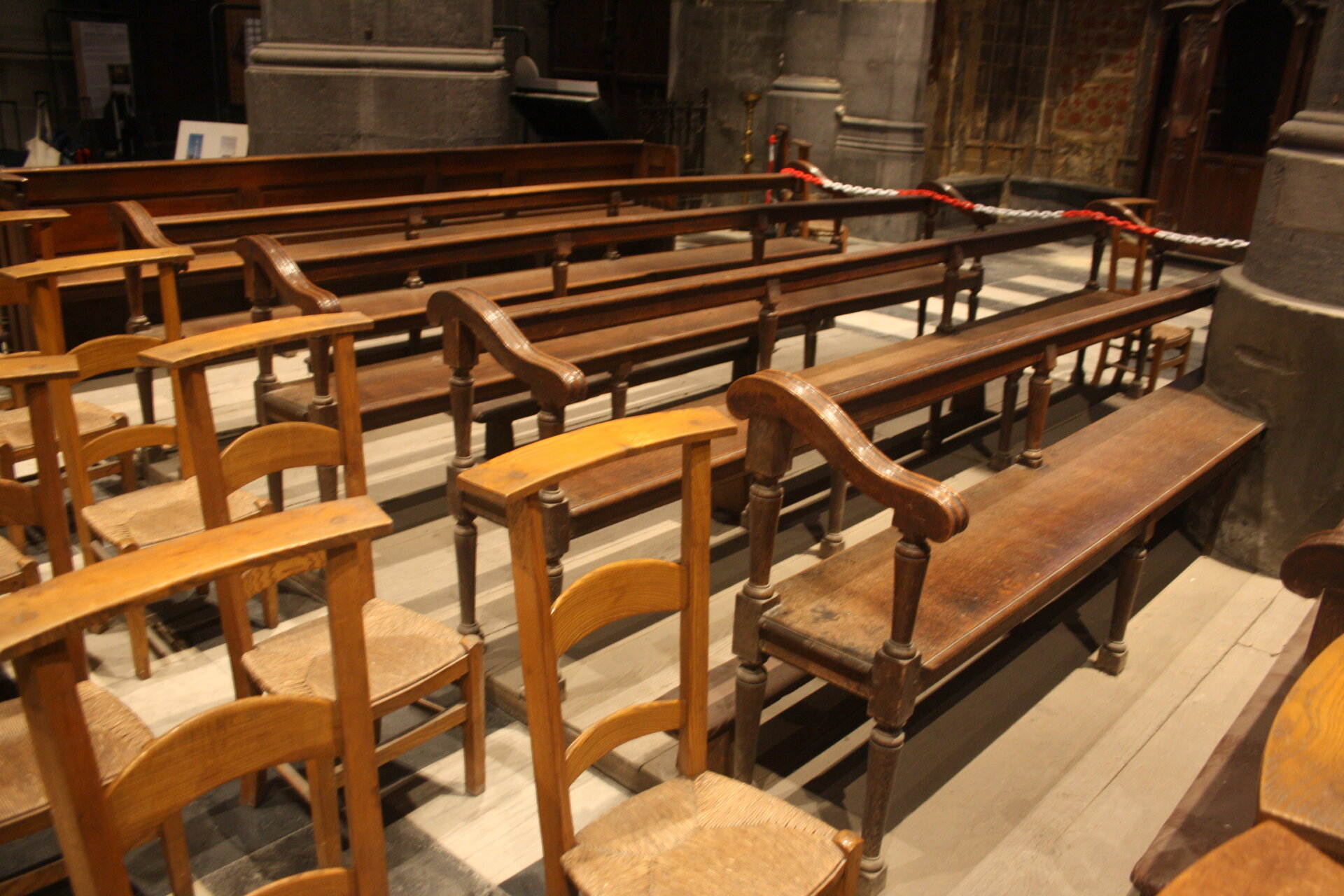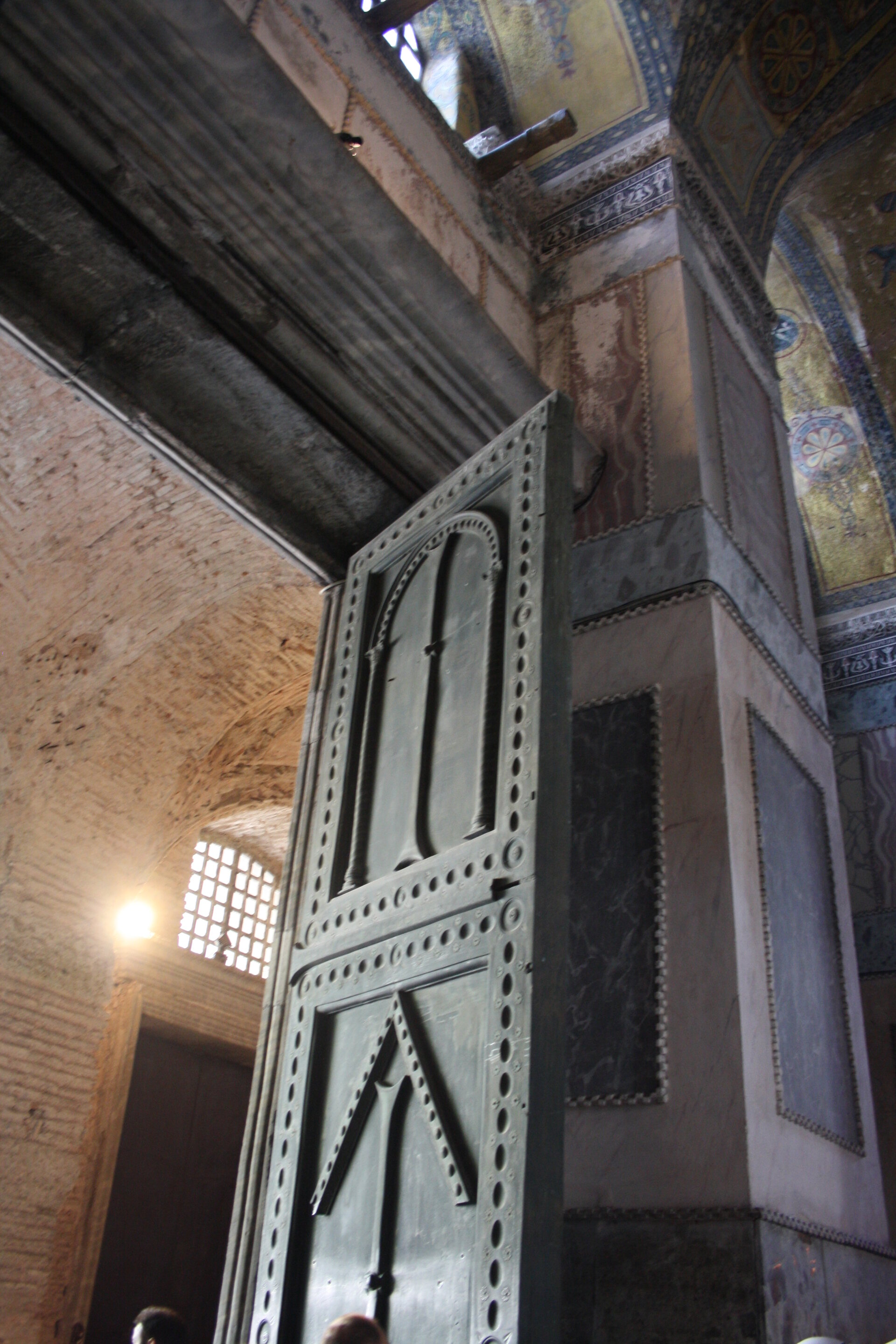
The Dynamics of the Christian Lithurgical Space. The Influence of Function - 2nd edition revised, completed and actualized
Authors’ Comment
The thematic of the book mainly includes two branches: 1. the phenomenon of the change of use of churches, with the analysis of the causes and case studies and 2. the enunciation of the possibility of conversion of diverse spaces into spaces dedicated to the Christian ritual. The study begins with a chapter dedicated to the birth of Christian space, as well as to its continuity with several constructions, forms, principles and techniques of Antiquity. It is a fascinating itinerary, which makes us discover in how many senses, and how the Christian ritual function migrates. This function is liturgy itself (using the term according to its Greek etymology λείτουργώ –to function). For this movement the term "dynamics" was chose in its common sense but also with the connotation of the ancient Greek sense (δύναμη – force).
This work is born out of the intimate conviction that we may discover solutions for the future in the past. No transformation is irreversible enough to destroy the experiences of the past, condensed in the core of tradition. Those appear every time they find appropriate conditions. History finally saves real values and the layers "written" behind a contemporary function survive in the most incredible forms.
The buildings we transform or just observe close a message, composed out of the diverse layers deposed over their substance in time, at various levels. Those levels can be: conceptual (the re-use of some spatial, volumetric, formal, symbolic models), functional (the superposition of architectural functions, the following and modification of a special way of use), structural and constructive (the re-use of the resistance system of a building, in a physical or just theoretical way, by the translation of some technical principles), symbolic (as keeping the sacred of a place is), aesthetic and decorative ( the repetition of some decorative motives, traditions and symbols).
The book is conceived in eleven chapters. The first chapter is dedicated to operational definitions related with the "function" key-concept. The second chapter offers a historical itinerary concerning the apparition and evolution of the different models of architecture dedicated to Christian ritual. The third chapter brings a philosophic view, defining mentally the coordinates of the Christian space the fourth chapter offers a technical approach, formulating the principles of good functioning of Christian spaces, according to presents standards and norms. Starting with the fifth chapter, the perspective moves to the field of "de-sanctification", to the inverse phenomenon of adaptation of religious spaces to other functions, which are necessary to contemporary life, including the symbolic discourse opened by such an operation. “De-sanctification” may be also temporary (sixth chapter). The seventh chapter comments on some interesting cases of contemporary buildings which have been transformed or are transformable into churches and the eighth chapter presents "the interaction of religions", interrogating about the effects of cohabitation or alternation of various religions into the same space. A new chapter, coming to complete the former edition (the nineth chapter) analyzes in detail the phenomenon of functional change which was imposed for religious spaces (demolitions due to political commands, emergency adaptations in case of war, pandemic disease, disasters, abandonment etc.).The tenth Chapter introduces a practical aspect related to contemporary design. With this chapter, the study enters the area of detailing and functionality generated by ergonomics. The chapter of conclusions (Chapter no.11) means to open future directions for the architecture of religious spaces in Romania, rather controversial in the last years. The aim is to formulate the expression of the synthesis of architectural values generated by liturgical space, values that we aren’t conscientious enough of.
- The Rehabilitation of Built Heritage. Theory and Technique
- Goldstein Maicu. Modern Villas.Constanța. 1931–1940
- The mediterranean architecture in romanian interwar period
- The Academic Community of the Architecture University
- Digital modeling of the impact of the 1755 Lisbon Earthquake / Second revised edition
- The Impalpable in Architecture. The Oikological Vocation and the Cosmotopic Character of the Architectural Interior
- The Dynamics of the Christian Lithurgical Space. The Influence of Function - 2nd edition revised, completed and actualized
- The Arad citadel. Architectural valences of the relationship between history and city
- Set Apart. Evangelical Worship Space
- Proportions in Architecture. Perceptions and spatial identity.
